Technical characteristics and hazard cause of PUNP wire
main parameters
So, first of all, let's talk about the technical characteristics of this conductor. Among the most important parameters for domestic use are:
- core material - copper, respectively, hard conductor;
- core insulation / outer sheath - polyvinyl chloride plastic (PVC) / PVC;
- insulation color in accordance with the approved GOST standards color coded wires;
- rated voltage - up to 250 Volts;
- rated frequency - up to 50 Hz;
- operating temperature - from -15 ° С to + 50 ° С;
- permissible heating of wire conductors - up to 70 ° C;
- core cross section - from 1.0 to 4.0 mm2;
- number of current-carrying conductors - 2 or 3;
- service life - up to 3 years;
As for the specific gravity per 1 meter of the PUNP wire length, we recommend that you familiarize yourself with this technical characteristic in the table: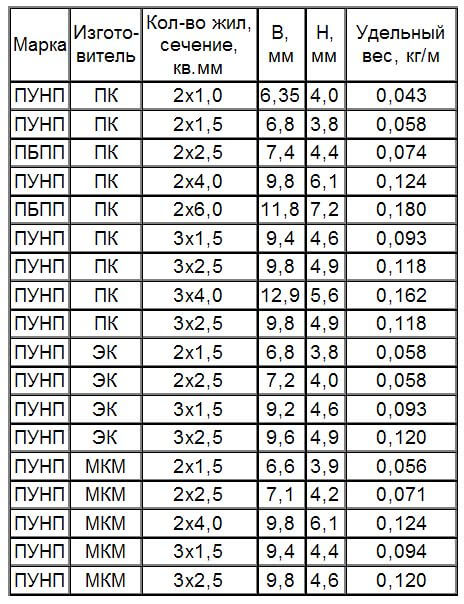
So we have provided a description of the most important parameters of this conductor. Now let's talk about the more important question - why were PUNP banned and where it can be used for domestic purposes.
Application area
Dangerous according to the opinions of experts and consumers, the electric wire of the PUNP brand can be used for the following purposes:
- for connecting outlets in the power line of a home electrical wiring (size 3x2.5);
- for connecting stationary lighting in houses and apartments (3x1.5);
Simply put, this brand of conductor can be used to fully wiring in the house, both openly and internally. As for street use, it is better not to use it here, because according to the technical specifications, the flexible conductor can function in frosts not lower than -15 ° С. However, to date, the use of PUNP is highly not recommended for electrical work, even if they are temporary. Specialists in the field of cable products recommend using a more reliable analogue - VVG cablewhich for the price is not much higher.
So we told you where the PUNP brand wire is used and how to replace it is recommended by experienced electricians. The last thing you need to tell about, and, probably, the most important - why you can not use this conductor for domestic purposes, not to mention industrial!
What is the danger of using
The thing is that the PUNP wire is of very poor quality and, as a result, has more than once become the cause of fire and electric shock.Both experienced specialists and ordinary buyers have repeatedly proved that the quality of insulation and wire conductors leaves much to be desired. What can I say, if the production of PUNP meets the standards of TU 16.K13-020-93, according to which the cross-section of the cores can be with a deviation of up to 30% from that indicated on the marking (!).
As for the cross-section of current-carrying conductors, it is valid in most cases almost a quarter less than declared by the manufacturer. As a result, instead of the wire you need 3 * 2.5, the output is 3 * 1.75 mm2. Do you understand the danger? The fact that a thinner conductor will not be able to withstand the current loads that are imposed on it. The consequence of an understated section can be not only short circuit, but also a fire in the house, because PVC insulation is flammable, unlike VVGng cable.
The following danger relates to the high probability of electric shock. The fact is that the thickness of the insulation of the PUNP wire according to the classics of the genre does not correspond to that declared by the manufacturer. Instead of 0.4-0.5 mm of the thickness of the PVC shell required by the standard GOST 23286-78, in fact, no more than 0.3 mm comes out. In a dangerous situation, the electrical safety of this conductor leaves much to be desired.
Summing up, it should be noted that according to GOST 22483-77 and GOST 23286-78, PUNP does not pass the certificate of conformity for the cross-section of the cores and the insulation thickness. This conductor is prohibited on the cable products market and we hope that after the facts about the inconsistencies in the technical characteristics of the PUNP wire, you understand what it is bad for home use. Despite the ban, most manufacturers release the conductor to this day, ignoring the fact that it is not allowed for electrical work!
Recommended reading:

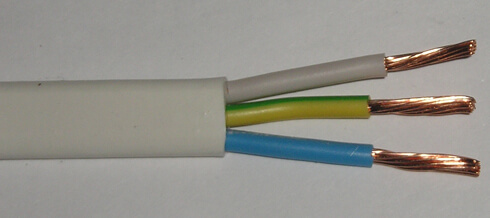




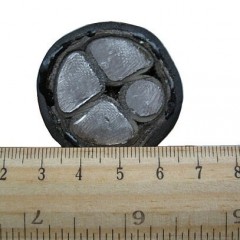
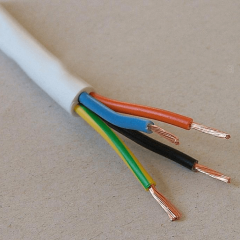
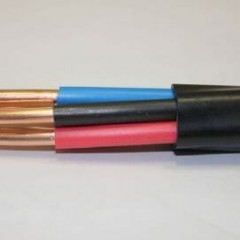

Thank !!!!!
Dear expert, if cables are prohibited from your words “This conductor is prohibited on the cable products market”, then please publish the document in which this ban will be reflected.
Association Roselektromontazh, Technical circular №17 2007
A technical circular, and indeed any other document of a public organization (Association), cannot be a normative act.
for domestic purposes, anyone can use any wire at their own risk, risk and peril, you can simply do it with iron wire,
here personal responsibility is only to yourself and household
and the rules of PUE for personal use is also not a law
Thank you for the material, how much is still unknown nearby.
The article is crazy! At the expense of PUNP, the quality of the wire (as, indeed, of any other) depends on the manufacturer, the same vaunted NYM exists of various production, and VVG is sold, including TU, and not GOST, and the one that is supposedly made according to GOST, also does not meet the requirements. The thickness of the insulation and the correspondence of the cross section of the core does not depend on the brand of cable.